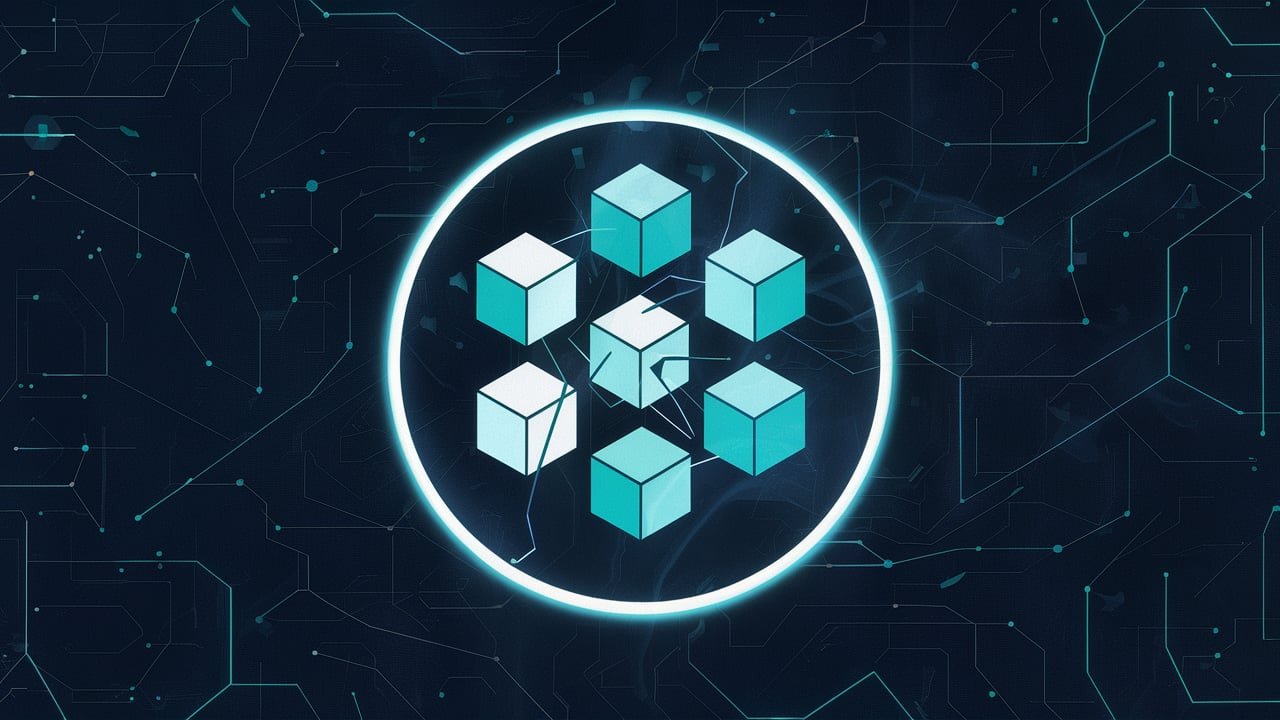Blockchain, the tech behind Bitcoin and Ethereum, is facing growing pains. One big problem is speed: how fast it can handle transactions. To fix this, developers built “scaling solutions” like Layer 1 and Layer 2.
- Layer 1 is like upgrading the main road. This could mean wider lanes (bigger blocks), new traffic rules (proof of stake), or even splitting the road into sections (sharding) to move traffic faster.
- Layer 2 is like adding extra lanes off to the side. It can group transactions together (rollups), use separate highways (sidechains), or even handle transactions off the road entirely (state channels) until they need to be on the main blockchain. Layer 2 helps take the load off the main blockchain so things move quicker.
Why Are Layer 1 and Layer 2 blockchain Important?
As blockchain networks grow, they need to handle more transactions quickly. Layer 1 and Layer 2 help by making transactions faster and more efficient. This is crucial for widespread use of blockchain beyond just cryptocurrencies, like in voting systems or finance.
Layer 1 vs. Layer 2 Blockchains
Layer 1: These are the main blockchains like Bitcoin and Ethereum. They handle the main functions of verifying transactions and keeping the network secure.
Layer 2: Examples include Polygon (for Ethereum) and Lightning Network (for Bitcoin). These work on top of Layer 1 to process transactions faster. They help by doing some transaction work off the main blockchain, while still keeping it secure.
Types of Blockchain Scaling Solutions
Layer 1 Scaling Solutions:
1. Bigger Block Sizes: Some blockchains increase their block sizes to fit more transactions. For example, Bitcoin Cash did this to process more transactions per second.
2. New Consensus Methods: This changes how transactions are verified. For instance, Ethereum is moving from proof of work to proof of stake to use less energy and make transactions faster.
3. Shading: This splits the blockchain into smaller parts to process transactions faster at the same time.
Layer 2 Scaling Solutions:
1. Rollups: These bundle many transactions together to process them faster on the main blockchain. It reduces the number of individual transactions directly handled by the main chain.
2. Side Chains: These are separate blockchains next to the main one. They handle transactions independently, which speeds up overall transaction processing.
3. State Channels: These handle transactions off the main blockchain until needed. It speeds up transactions and reduces the load on the main blockchain.
Relevant Topic: What Are Smart Contracts on the Blockchain and How Do They Work
Risks of Blockchain Scaling Solutions
While scaling helps make transactions faster, it also brings risks:
Blockchain Forks: Sometimes scaling changes can split a blockchain community. For example, Bitcoin and Bitcoin Cash split due to different ideas about block size. This can confuse users and affect the value of cryptocurrencies.
Security: Moving transactions off the main blockchain or across side chains can make it harder to check if transactions are valid. This can make blockchain networks vulnerable to attacks.
Conclusion
Imagine you have a lemonade stand. You can only serve a few customers at a time. But what if you want to sell to a whole crowd? That’s where scaling comes in.
- Blockchain is like your lemonade stand. It’s great for small transactions, but it can get slow if there are too many customers (transactions) at once.
- Scaling solutions are like adding more lemonade stands or offering delivery. Layer 1 and Layer 2 are ways to make blockchains handle more transactions faster, like having more stands or delivering lemonade.
- This makes blockchain more useful. Just like with more lemonade stands, these solutions make blockchain useful for things beyond just simple transactions.
With better scaling solutions, blockchains can be used for all sorts of things, not just money!
